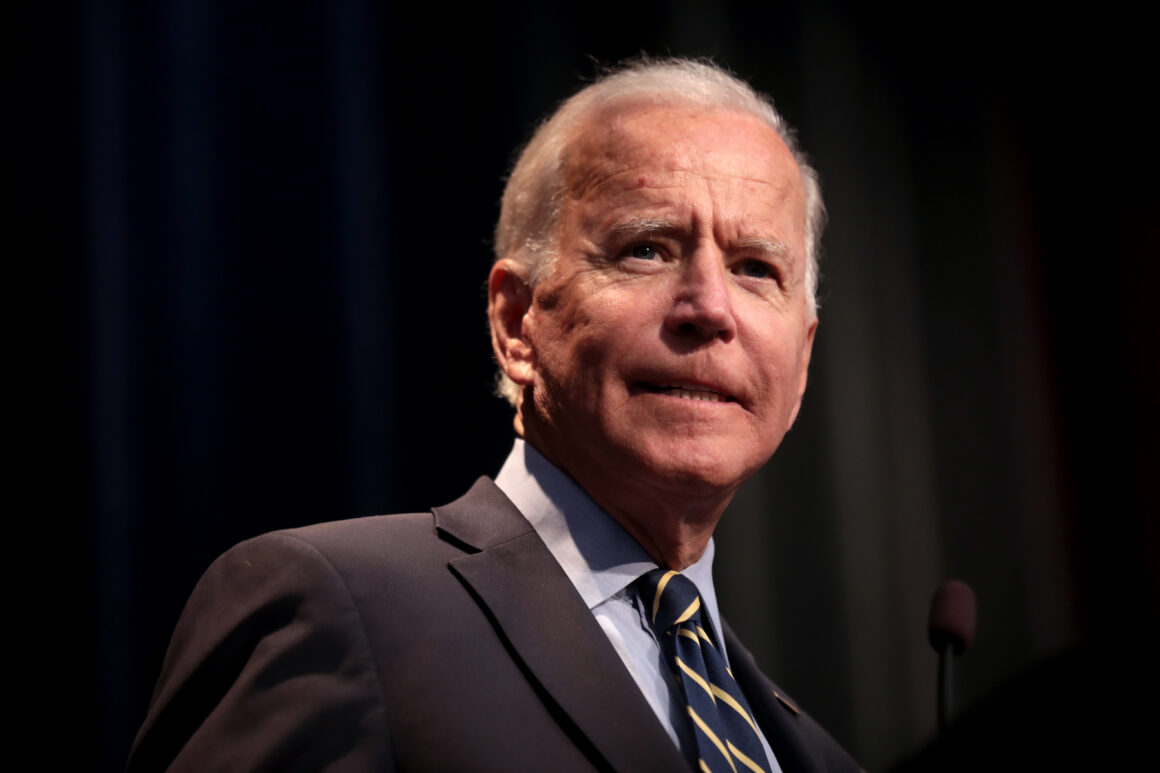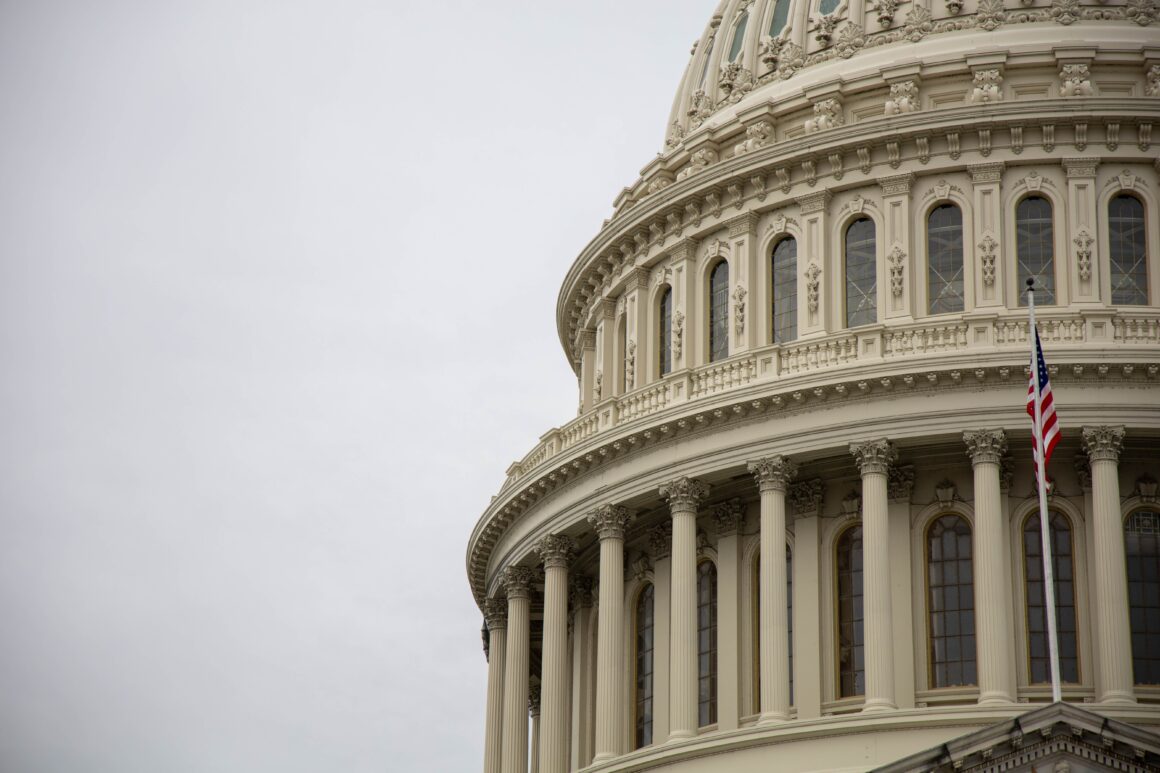One of the first things said in my first AP Government and Politics class by my male teacher was the expression of satisfaction that more girls were joining the class, since women will always continue to be told what to do by men until they actually take an interest in politics. I sat there, amid the room filled half with boys and half with girls, wondering how someone could be so blind to the reality of a situation.
The lack of women in politics does not exist because of a general disinterest from the entire female population. In fact, the United States is ranked 78th internationally for female political representation, with only 16.6% of voting female representation. Countries such as Sweden, Iceland, and Denmark lead the world with 42.1% of political workers being women. Evidently, it is not women being merely disinterested in government that keeps us from political involvement. And despite America deeming itself to be progressive, with equality as its basis for democracy, the massive gender inequality in Congress speaks with loud volume.
To truly grasp the severity of the present situation, one must start from the beginning. Though you could trace gender inequality in the United States to the origination of the colonies, it is most important to note that women were only allowed to vote when the Nineteenth Amendment was ratified in 1920. Before that, women were not even allowed the most basic political involvement, nor were they considered full citizens. This only passed after decades of activism, otherwise known as the Women’s Suffrage Movement.
In recent politics, women make up a slim portion of politicians. The first female Supreme Court justice, Sandra Day O’Connor, was appointed in 1981, and the first female Secretary of State, Madeline Albright, was appointed in 1996: very recent in retrospect.
The country has also yet to have a female president, although the elections came close in both 2008 and 2016. When Hillary Rodham Clinton first ran for president in 2008 and made it to the Democratic Party primaries, being the first female candidate to have a significant chance of winning the presidential election, she was slowed down by gender discrimination, with comments revolving around her body, cleavage, fashion, and sexuality, an obstacle none of her other opponents faced (although it is important to note that Barack Obama experienced racial discrimination as well).
Gender discrimination is the real reason for the lack of women in politics. The 2006 American National Election Studies Pilot Study reported that all voters, regardless of gender, assume men to be better politicians than women, despite whatever credentials women may have. To exemplify, we can look at the most recent election between Hillary Clinton and Donald Trump. Trump, who was an experienced businessman, had absolutely no political experience. Clinton, on the other hand, was the 67th U.S. Secretary of State, a U.S. senator from New York, and First Lady of the United States, with a degree from Yale University Law School. Despite the better candidate in the election, Donald Trump won the election and title of the United States president, while Hillary Clinton only received a plethora of sexist comments regarding her work.
It is also extremely important to note that women of color are even more underrepresented than white women. As of 2015, women of color, including African-American, Latina, and Asian women, make up 38.3% of the female population in America, yet they still remain the most underrepresented demographic. While the women of color who have occupied political jobs have been successful, such as Condoleezza Rice, Michelle Obama, Mary McLeod Bethune, Lucia Guzman, Patsy Mink, and more, there is still a drastic shortage of women of color involved in American politics. This is a result not only of gender discrimination, but racial discrimination as well. Tribulations are also ever present for LGBT+ women and Muslim women.
Women are innovative, intelligent, charismatic, and are just as capable of holding any political office just as men. And while we women will continue to break barriers for our gender, society as a whole needs to be more open-minded to change and less discriminatory towards women of all colors, sexualities, and religions.
So, to respond to my Government and Politics teacher, who believes women are simply uninterested in politics, I speak on behalf of thousands when I say that gender discrimination is the real reason for lack of female representation. Women are innovative, intelligent, charismatic, and are just as capable of holding any political office just as men. And while we women will continue to break barriers for our gender, society as a whole needs to be more open-minded to change and less discriminatory towards women of all colors, sexualities, and religions.
Photo Credit: Justin Sullivan/Getty Images




